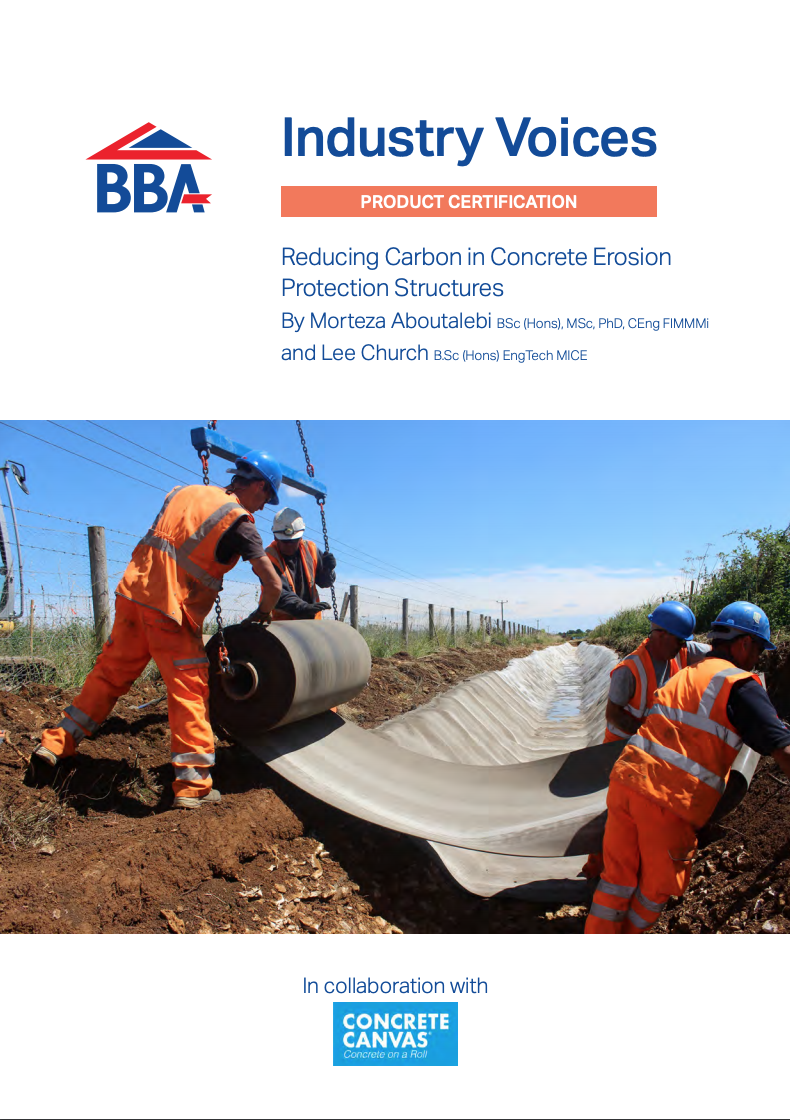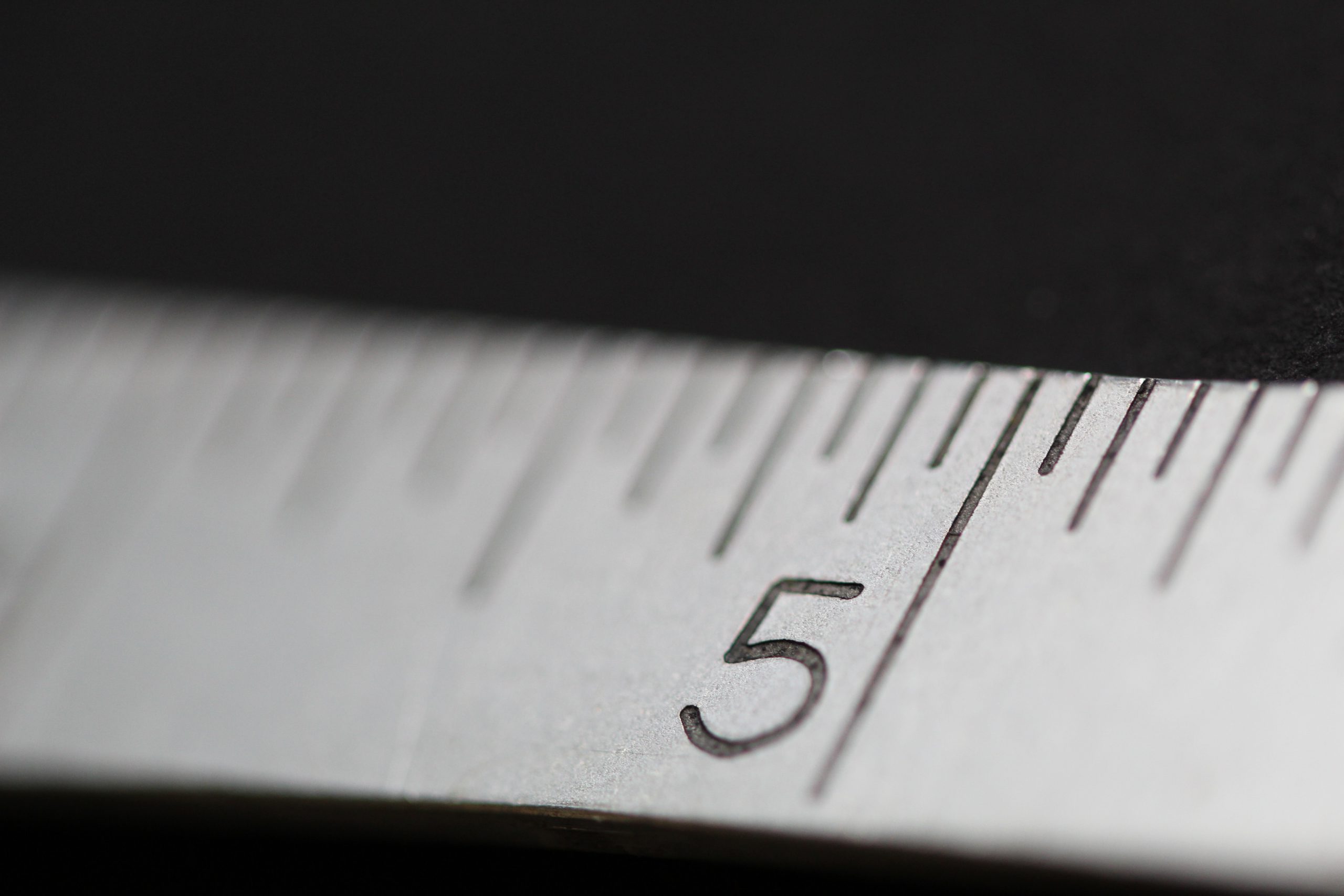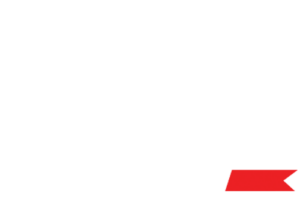Lists, charts and leagues all have their importance, some more important than others – if you take a list of edible mushrooms against a football league table for example. One may save your life, the other may only provide you with temporary bragging rights.
And when it comes to knowledge and understanding, the compilation of different types of data and information into these forms also has its benefits, albeit dependant on the quality of that information – from the importance of a weather forecast to the click-bait of ‘you’re not going to believe what these soap-stars look like now!’*.
*Note: If you’ve ever ‘accidentally clicked on one of these lists, you’ll know what we’re talking about.
In the world of building and construction, it is very unlikely you’ll find any ‘click-bait’ material, with most organisations focussing on the more meaningful and insightful data and information. This applies to ourselves, of course, in the recent past, the BBA has issued industry consultations, over 6,000 certifications, and conducted over 1,000 annual inspections.
During this time we’ve seen all the industry has to offer, most of it excellent, but every so often an issue may arise that could have been prevented. So in true ‘top of the charts’ fashion, the BBA has compiled a top-five chart that is slightly different from the industry excellence we are so accustomed to seeing
…. And you won’t BELIEVE what is on it!
Introducing The BBA’s Top 5 Reasons Why Products Fail
Far from being a list of click-bait material, it is intended to be helpful and informative to manufacturers wishing to avoid common pitfalls when commissioning often costly testing and assessment procedures to obtain BBA Agrément Certificates.
In at #5: External Wall Insulation (EWI) dynamic wind loading test failures
With ETIC (External Thermal Insulation Composite) systems, wind loading failures are due to pull through of fixings (either through the insulation or sheathing) or pull out of fixing from masonry or sheathing, or delamination of render from insulation.
Note: The absolute number one cause of these failures is poor installation.
Down to #4: Cavity Wall Insulation (CWI) Wet Wall Test failures
The definitive evidence of failure is moisture crossing the cavity, manifesting as damp areas on the block walls. Likely reasons for this will vary according to the type of material used. These can include inadequate fills, inadequate product properties, poor installation, unsuitable equipment, or inappropriate cavity width for certain product types. All these can contribute to failure, allowing water/damp to travel across to the inner wall.
Rising to #3: Poor packaging
Occasionally samples are not packaged adequately to protect them in transit; they become exposed to moisture and/or damaged beyond use, often with missing or illegible labeling making it difficult or impossible to identify different batches/lots.
Still in at #2: Inadequate Product Spec
Sometimes the product does not meet the specification requirements of the standard. For example, samples submitted for thermal conductivity tests are required to be smooth and flat with parallel surfaces to enable good contact between the specimen and the plates of the Heat Flow Meter. They also need to be of certain dimensions to allow testing using specially designed equipment.
Straight in at #1: Incorrect installation
If a product is being built or assembled onsite for testing, the BBA is required to observe this without interference. If the installation is performed incorrectly and not to standard, the BBA clearly cannot perform the necessary assessments. Similarly, some products are delivered incorrectly assembled. For example, where the assessment is an exposed surface condition, that surface needs to be free from extraneous materials. Some items have been tampered with to such an extent that external substances cannot be removed without damage to the product surface.
In the Building and Construction industry, if a new product is issued with a BBA Certificate, and subsequently becomes a hit in the marketplace, it will have nothing to do with hype or chance, just pure innovation genius combined with first class testing expertise. Some manufacturers whose products come close but fail at the end of the day may come away with a feeling that life has treated them unfairly. But then is life fair? The jury’s still out on that one.
Note: There are many other reasons products fail. This list is not exhaustive and does not represent an accurate reflection on many failed products. It does, however, provide you with an indication as to the variety of issues that have attributed to a product failure.
Share This Story, Choose Your Platform!
Related News
Lists, charts and leagues all have their importance, some more important than others – if you take a list of edible mushrooms against a football league table for example. One may save your life, the other may only provide you with temporary bragging rights.
And when it comes to knowledge and understanding, the compilation of different types of data and information into these forms also has its benefits, albeit dependant on the quality of that information – from the importance of a weather forecast to the click-bait of ‘you’re not going to believe what these soap-stars look like now!’*.
*Note: If you’ve ever ‘accidentally clicked on one of these lists, you’ll know what we’re talking about.
In the world of building and construction, it is very unlikely you’ll find any ‘click-bait’ material, with most organisations focussing on the more meaningful and insightful data and information. This applies to ourselves, of course, in the recent past, the BBA has issued industry consultations, over 6,000 certifications, and conducted over 1,000 annual inspections.
During this time we’ve seen all the industry has to offer, most of it excellent, but every so often an issue may arise that could have been prevented. So in true ‘top of the charts’ fashion, the BBA has compiled a top-five chart that is slightly different from the industry excellence we are so accustomed to seeing
…. And you won’t BELIEVE what is on it!
Introducing The BBA’s Top 5 Reasons Why Products Fail
Far from being a list of click-bait material, it is intended to be helpful and informative to manufacturers wishing to avoid common pitfalls when commissioning often costly testing and assessment procedures to obtain BBA Agrément Certificates.
In at #5: External Wall Insulation (EWI) dynamic wind loading test failures
With ETIC (External Thermal Insulation Composite) systems, wind loading failures are due to pull through of fixings (either through the insulation or sheathing) or pull out of fixing from masonry or sheathing, or delamination of render from insulation.
Note: The absolute number one cause of these failures is poor installation.
Down to #4: Cavity Wall Insulation (CWI) Wet Wall Test failures
The definitive evidence of failure is moisture crossing the cavity, manifesting as damp areas on the block walls. Likely reasons for this will vary according to the type of material used. These can include inadequate fills, inadequate product properties, poor installation, unsuitable equipment, or inappropriate cavity width for certain product types. All these can contribute to failure, allowing water/damp to travel across to the inner wall.
Rising to #3: Poor packaging
Occasionally samples are not packaged adequately to protect them in transit; they become exposed to moisture and/or damaged beyond use, often with missing or illegible labeling making it difficult or impossible to identify different batches/lots.
Still in at #2: Inadequate Product Spec
Sometimes the product does not meet the specification requirements of the standard. For example, samples submitted for thermal conductivity tests are required to be smooth and flat with parallel surfaces to enable good contact between the specimen and the plates of the Heat Flow Meter. They also need to be of certain dimensions to allow testing using specially designed equipment.
Straight in at #1: Incorrect installation
If a product is being built or assembled onsite for testing, the BBA is required to observe this without interference. If the installation is performed incorrectly and not to standard, the BBA clearly cannot perform the necessary assessments. Similarly, some products are delivered incorrectly assembled. For example, where the assessment is an exposed surface condition, that surface needs to be free from extraneous materials. Some items have been tampered with to such an extent that external substances cannot be removed without damage to the product surface.
In the Building and Construction industry, if a new product is issued with a BBA Certificate, and subsequently becomes a hit in the marketplace, it will have nothing to do with hype or chance, just pure innovation genius combined with first class testing expertise. Some manufacturers whose products come close but fail at the end of the day may come away with a feeling that life has treated them unfairly. But then is life fair? The jury’s still out on that one.
Note: There are many other reasons products fail. This list is not exhaustive and does not represent an accurate reflection on many failed products. It does, however, provide you with an indication as to the variety of issues that have attributed to a product failure.
Share This Story, Choose Your Platform!
Related News
Get in touch
Please complete the form below and we will contact you as soon as possible.
To help us to respond to your inquiry as quickly as possible, we have put a handy list of our services below.


